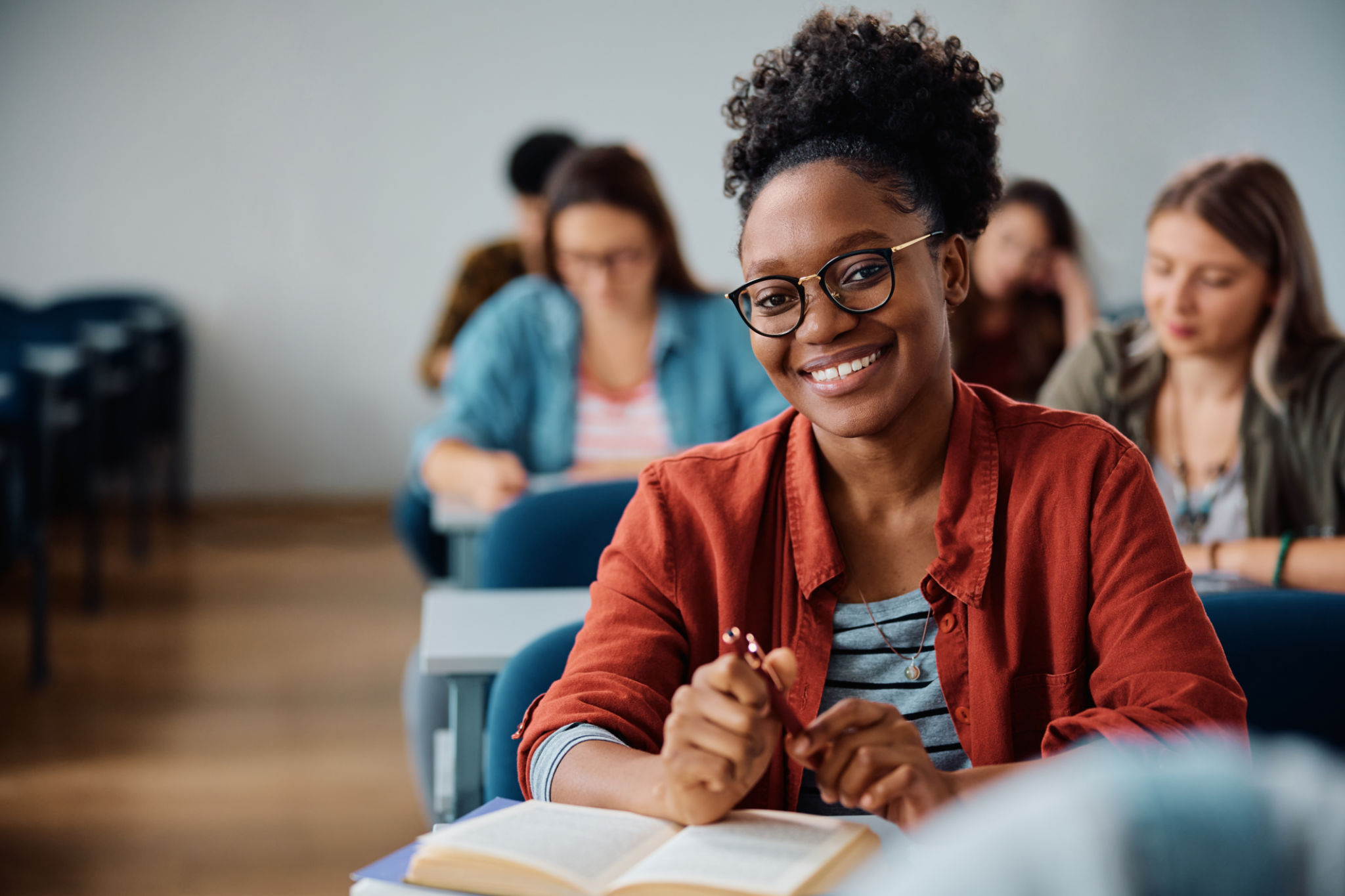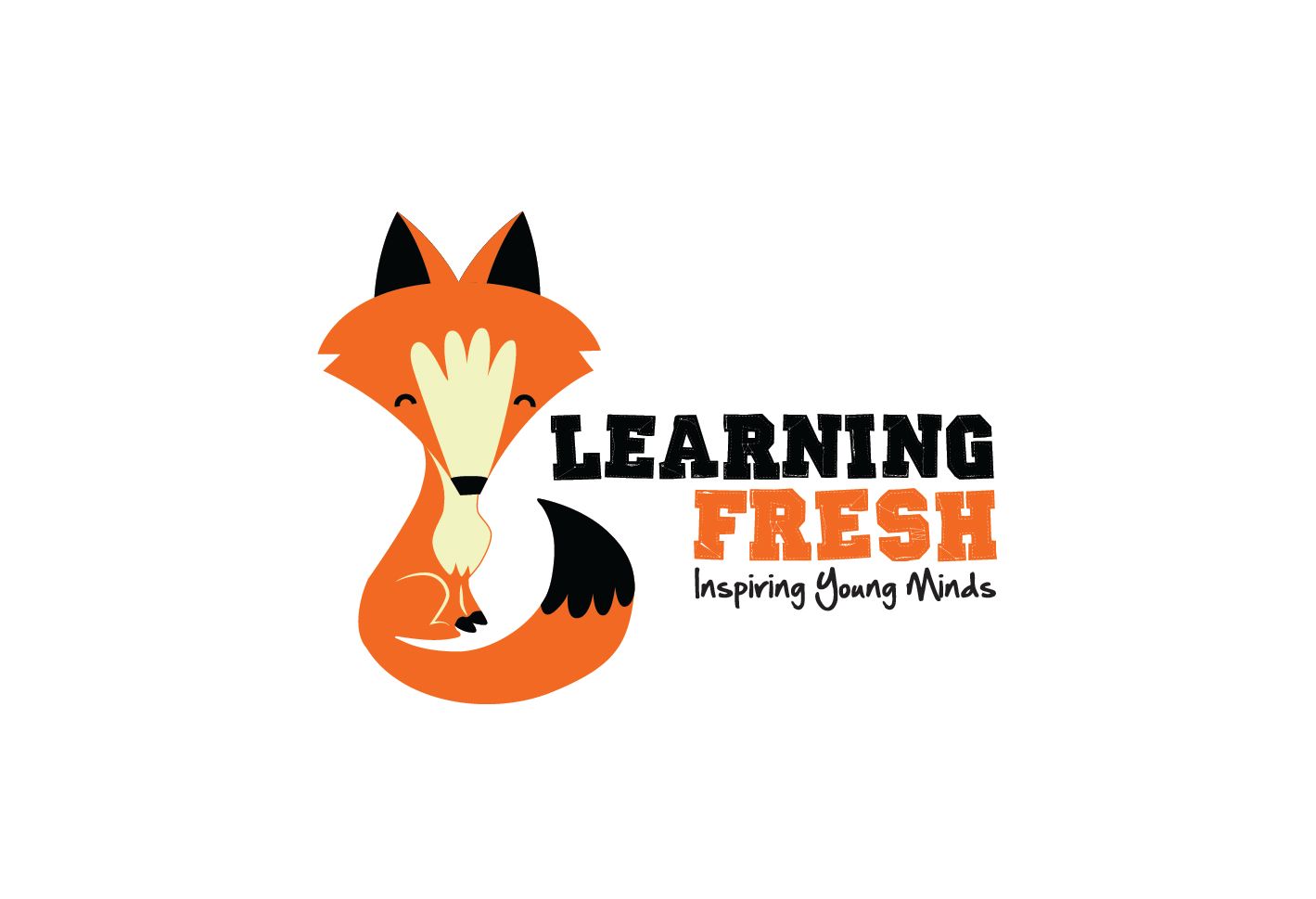Case Study: Successful Learning Outcomes with Personalized Education Plans
Introduction to Personalized Education Plans
In the evolving landscape of education, personalized learning has emerged as a powerful tool to enhance student engagement and success. By tailoring education to individual needs, personalized education plans (PEPs) foster a more inclusive and effective learning environment. This case study explores the transformative impact of PEPs on student outcomes, showcasing real-world examples of success.
Personalized education plans consider students' unique learning styles, strengths, and areas for improvement. By leveraging these insights, educators can create a supportive framework that encourages students to take ownership of their learning journey.

Understanding the Components of PEPs
PEPs are comprehensive strategies designed to meet each student's specific needs. They typically include:
- Individual learning goals
- Customized teaching strategies
- Regular progress assessments
- Feedback mechanisms
These components work in tandem to provide a structured yet flexible learning experience, helping students achieve their full potential.
Individual Learning Goals
Setting personalized learning goals is a cornerstone of PEPs. By focusing on what each student wants to achieve, educators can tailor their approach to facilitate these objectives. This goal-setting process often involves the student, their parents, and educators, ensuring that everyone is aligned and committed to the student's success.

Case Study: Implementing PEPs in a Classroom Setting
One exemplary case involves a school district that implemented PEPs across multiple grade levels. The initiative aimed to address varied learning needs and improve overall academic performance. Teachers received training on creating and managing PEPs, which were then customized for each student in their classes.
Within the first year of implementation, the school district observed a significant improvement in student engagement and test scores. Notably, students who previously struggled with traditional teaching methods showed remarkable progress when provided with personalized support.
Teacher and Student Collaboration
A critical factor in the success of PEPs is the collaborative relationship between teachers and students. Teachers act as facilitators, guiding students through their personalized plans and providing the necessary resources and support. This partnership fosters a positive learning environment where students feel empowered and motivated to succeed.

Measuring Success and Continuous Improvement
The effectiveness of PEPs is measured through regular assessments and feedback loops. By continuously evaluating student progress, educators can adjust strategies to better align with the student's evolving needs. This dynamic approach ensures that PEPs remain relevant and impactful throughout the student's educational journey.
The school district's case study highlights the importance of using data-driven insights to refine PEPs. By analyzing performance metrics, educators can identify areas for improvement and make informed decisions to enhance learning outcomes.
Beyond Academic Achievement
While academic performance is a primary focus, PEPs also contribute to personal growth and development. Students learn valuable skills such as goal setting, self-assessment, and time management, which are beneficial beyond the classroom. These skills prepare them for future challenges, fostering lifelong learning habits.
The success stories from this case study underscore the potential of personalized education plans to revolutionize traditional teaching methods. By embracing a student-centered approach, educators can create an engaging and supportive learning environment that encourages every student to thrive.

